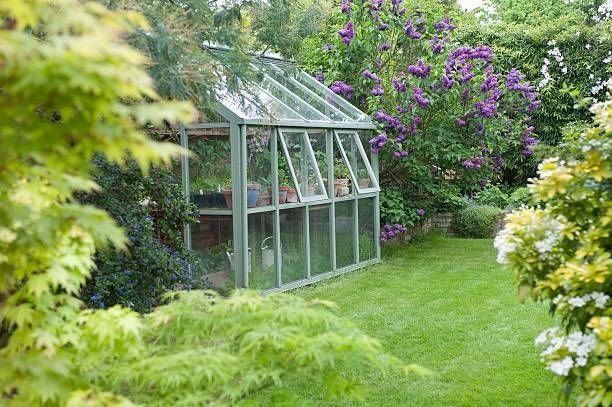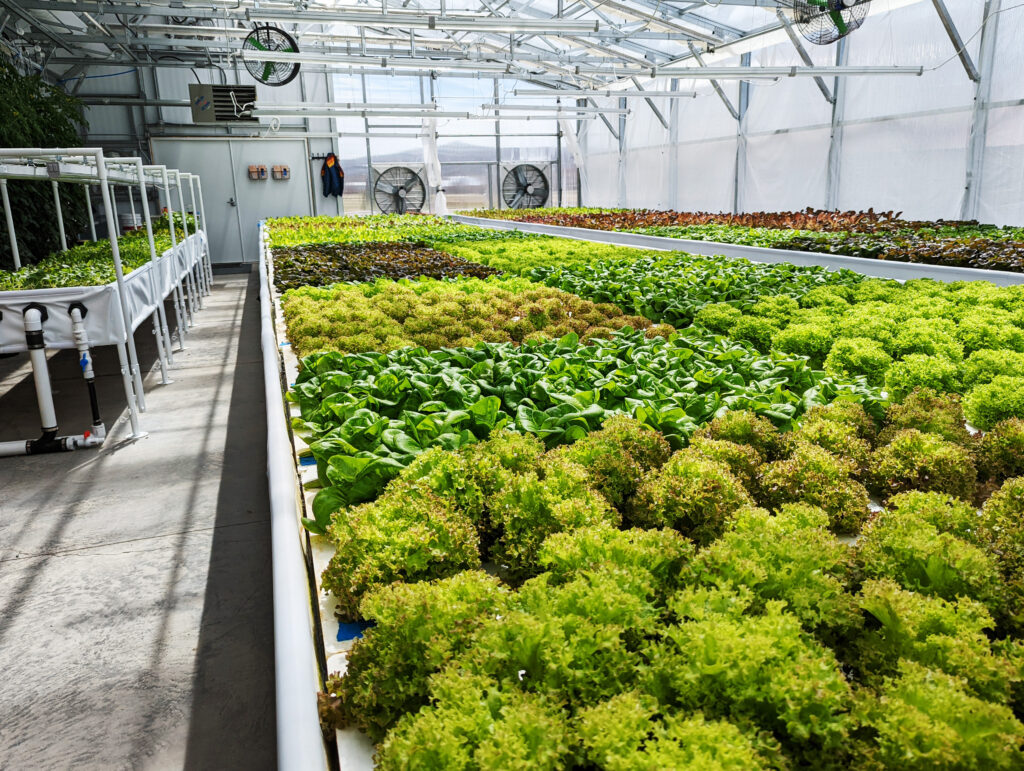Customized to Perfection: Monarch Custom Greenhouse Utah Craftsmanship
Wiki Article
The Future of Greenhouses: Innovations in Lasting Agriculture
Are you interested regarding the future of greenhouses and just how they are revolutionizing lasting farming? Look no more! In this post, we will discover the amazing developments that are leading the way for a greener and more effective farming sector. From innovative climate control systems to vertical farming methods, water-efficient watering approaches, renewable energy combination, and clever information analytics, these advancements are transforming the method we grow our food. Obtain all set to discover the future of sustainable farming in greenhouses!Advanced Environment Control Solution
To accomplish ideal expanding conditions, you can count on the improvements in greenhouses with sophisticated climate control systems. These systems have reinvented the method we cultivate crops, offering a controlled environment that contributes to plant development. With these cutting-edge systems, you can currently adjust temperature level, humidity, light levels, and even carbon dioxide focus to produce the ideal conditions for your plants to flourish.One of the key features of these innovative environment control systems is their capacity to manage temperature. By utilizing sensing units and automated controls, the greenhouse can readjust the temperature level based on the specific demands of the plants. This makes sure that they are never exposed to severe warmth or chilly, which can be harmful to their growth.
Moisture control is one more essential aspect of these systems. By keeping the optimal humidity degrees, you can stop issues such as mold and mildew, mildew, and disease from impacting your crops. These systems can additionally control the amount of light that gets to the plants, guaranteeing that they receive the ideal amount for photosynthesis.
In addition, advanced environment control systems can even adjust carbon dioxide focus. By enhancing the degrees of CO2 in the greenhouse, you can boost plant growth and efficiency. This is especially valuable in areas with reduced natural carbon dioxide levels.
Vertical Farming Strategies
One crucial upright farming strategy is using piled expanding systems. Monarch Greenhouse installation Utah. These systems include preparing plants in multiple layers, vertically stacked on top of each other. By using vertical space, farmers can optimize their crop return without requiring additional land. Piled growing systems are frequently utilized in city areas where room is restricted.One preferred approach is understood as vertical hydroponics, where plants are grown in nutrient-rich water without soil. This technique is extremely reliable as it minimizes water use by as much as 90% contrasted to traditional farming approaches. Additionally, because the plants are expanded indoors, they are safeguarded from parasites and illness, lowering the need for pesticides.
One more technique is aeroponics, which involves putting on hold the plant origins in a haze or air atmosphere. This method enables for optimum nutrient absorption and click here for more info oxygenation, causing faster growth and greater yields. Aeroponics additionally utilizes less water than typical farming and can be executed in upright systems, making it a preferred option for vertical farming.
Water-efficient Irrigation Approaches
Taking full advantage of water preservation is essential when it concerns applying water-efficient irrigation approaches in sustainable farming. With international water scarcity ending up being a pushing problem, it is important to establish cutting-edge techniques that optimize water use in greenhouse procedures.One promising technique is drip irrigation, which delivers water straight to the plant roots, lessening waste and dissipation. By using a network of tubes with their website small emitters, water is applied slowly and precisely, making sure that plants receive the required moisture without excess overflow.
Another efficient technique is the usage of soil wetness sensing units. These gadgets gauge the moisture web content in the soil and give real-time information to farmers. By monitoring the soil's dampness levels, farmers can precisely determine when and exactly how much water to use, avoiding over-irrigation.
Additionally, the implementation of rain harvesting systems is getting popularity in greenhouse agriculture. Accumulating rainwater from roofs and keeping it in storage tanks allows farmers to utilize this natural resource for watering purposes, lowering dependence on conventional water sources.
Finally, the fostering of automated watering systems can dramatically enhance water efficiency. These systems make use of sensors to identify soil dampness levels and weather, adjusting irrigation timetables appropriately. By maximizing water usage based upon actual plant requirements, these systems can reduce water waste and advertise lasting farming methods.
Renewable Power Combination
Renewable power assimilation in greenhouses uses numerous advantages, including decreased operating costs and lowered dependence on non-renewable power sources. The generated power can then be made use of to run numerous operations within the wooden lawn edging greenhouse, such as lighting, heating, and ventilation systems. These generators harness wind power and convert it into electricity, which can be made use of to supplement the energy requirements of the greenhouse.Smart Data Analytics and Automation
To enhance the effectiveness of your greenhouse operations and maximize resource application, consider applying wise information analytics and automation. Smart information analytics involves gathering and analyzing information from different sensors and tools within your greenhouse.
Automation, on the various other hand, involves making use of modern technology to automate jobs that were previously done by hand. This can consist of automating the control of lights, ventilation, watering systems, and nutrient shipment. By automating these procedures, you can ensure that your plants get the appropriate conditions and nutrients at the ideal time, without the demand for constant manual treatment. This not just conserves you time and effort yet also decreases the danger of human error.
Additionally, wise data analytics and automation can work together synergistically. The data accumulated by sensing units can be made use of to educate automatic systems, allowing them to make real-time modifications based on the current problems. This combination of data analytics and automation can lead to more precise and reliable resource allotment, ultimately leading to higher yields and far better plant high quality.
Conclusion
In verdict, the future of greenhouses in sustainable farming looks promising. With sophisticated climate control systems, vertical farming strategies, water-efficient irrigation approaches, and renewable power integration, greenhouses are ending up being more eco friendly and reliable.
By enhancing water use based on real plant demands, these systems can reduce water waste and promote sustainable farming methods.

Report this wiki page